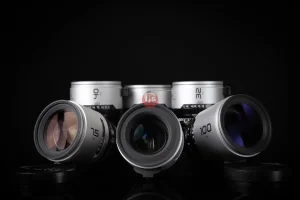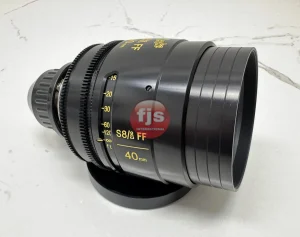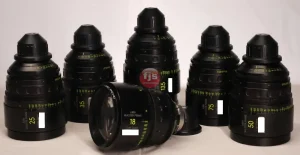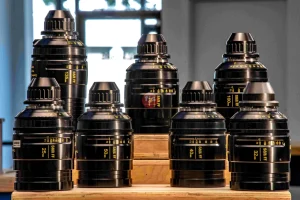Ever wished you could ditch those black bars on your widescreen TV while watching an older movie without sacrificing image quality? De-squeezing seems like the answer, but can it truly offer a middle ground between a full screen and pristine image fidelity? Let’s explore the potential for a compromise.
Striking a Balance: Finding the Right De-Squeezing Approach
- High-Resolution Displays: Modern TVs boasting higher resolutions (4K and above) offer more pixels to showcase the detail captured in anamorphic films. This can potentially reveal some details previously hidden within the black bars, even with slight de-squeezing.
- Advanced Processing Power: High-end TVs may be equipped with sophisticated video processors. These processors utilize techniques like upscaling and noise reduction to enhance the clarity and sharpness of de-squeezed images, potentially mitigating some quality loss.
- Dedicated Anamorphic Modes: Select TVs feature specialized anamorphic modes that analyze the video signal. These modes attempt to de-squeeze the image while minimizing distortion, aiming to preserve the original aspect ratio to a greater degree.
Beyond the List: The Nuances of the Middle Ground
While these approaches offer some hope for a middle ground, there are limitations to consider:
- Imperfect Recreation: Even advanced processing can’t fully recover information lost during stretching. De-squeezed images may still exhibit some softness or artifacts compared to the original presentation.
- Hardware Limitations: Not all TVs are created equal. Processing limitations in some devices might not effectively utilize advanced de-squeezing methods, potentially leading to more noticeable quality loss.
- Content Matters: De-squeezing only works for genuine anamorphic content. Stretching non-anamorphic content will simply distort the image, regardless of the approach.
Conclusion: Finding Your Personal Preference
The ideal solution depends on your viewing priorities:
- Prioritize Accuracy: If preserving the director’s vision and original aspect ratio are paramount, watching with black bars remains the best option.
- Open to Slight Compromise: If a larger image and some added immersion are worth a potential minor quality loss, advanced de-squeezing on a high-end TV might be a suitable compromise.
- Experiment and Find Your Sweet Spot: Try different de-squeezing options and picture settings on your TV. You might find a balance that suits your taste.
Q&A
- Is there a noticeable difference between de-squeezing with advanced processing and watching with black bars on a high-resolution TV?
The difference can be subtle. Viewers with a keen eye for detail might still prefer the accuracy of black bars. However, some viewers might find the added detail and immersion of a well-processed de-squeezed image worthwhile.
- What about future technologies?
Future advancements in display technology and processing power could potentially lead to even more effective de-squeezing methods that minimize quality loss.
- Should I always prioritize black bars on non-high-resolution TVs?
For lower-resolution TVs, the potential benefits of de-squeezing are even less pronounced. Black bars might be the preferred option in most cases.








